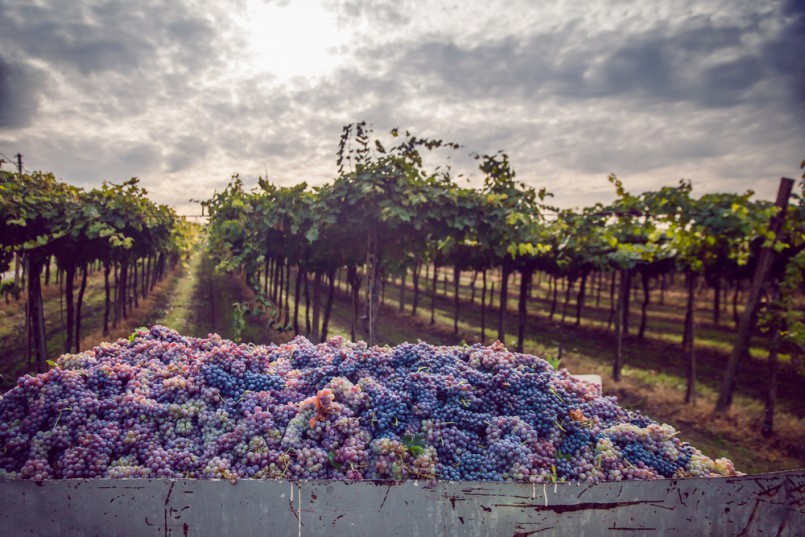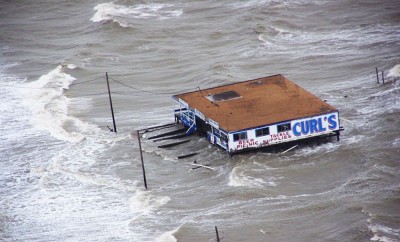Environment
Climate Change Will Alter Our Wine For Better & For Worse

Image: Shutterstock/Lukasz Szwaj
Climate Change Will Alter Our Wine For Better & For Worse
As the uncertainties of a world altered by the effects of climate change begin to unfold, climate scientists have a diverse audience anxiously awaiting their forecasts. Many with livelihoods closely connected to the weather are feeling the changes more directly, specifically those in the wine industry. Although most predictions are negative, if not disastrous, at least regarding long-term results of climate change, there are a few silver linings, however temporary they may be, to go with the storm clouds. One of these unique upsides belongs to wine production.
Recent studies suggest that the hotter, dryer summers and earlier growing seasons produced by climate change are actually improving wine quality and production levels in some areas of the world. Specifically impressive in the Bordeaux and Burgundy regions of France, for example, wine producers are enjoying early-ripening grapes with levels of acids, sugars and tannins necessary for better wines. England has around a full month longer growth season now than in earlier decades, and land quantity used for wine production has increased by 150%, according to the UK’s Met Office. The Oregon and New York vineyards in the United States as well as those in Canada and Sweden appear to be following suit with excellent harvests. The journal Nature Climate Change states that hotter and earlier summers are occurring more frequently, and subsequently producing conditions favorable to a longer growth season and higher quality wine productivity. The study’s authors, Harvard University’s Elizabeth M. Wolkovich and Benjamin Cook of NASA’s Goddard Institute for Space Studies in New York City, explained that prior to 1980, it would have required a drought to produce the conditions occurring in regular seasons currently.
However, “the hotter and dryer, the better” theory only holds up to a certain point. While climate change alters our wine for the better in some regions, for some it has negative consequences. The 2003 season was one of the hottest, dryest and earliest harvests on record for France, for example, but yielded only mediocre quality wine grapes, according to Cook. In addition, other wine-producing regions of the globe have had significantly worse results from the weather changes, such as California. The intensifying heat patterns in California’s popular vineyards may actually prevent their grapes from reaching full ripeness. Renowned wine producing areas of Chile, Australia, South Africa’s Cape region and Italy may also be negatively affected. The 2013 issue of Proceedings of the National Academy of Sciences included a warning that some grape farmers may need to migrate their production to higher elevations if they’re to survive increased temperatures in the future.
In addition to rising temperatures, climate change also brings unpredictability with other weather occurrences like unexpected frosts and unusually heavy rains, both of which typically threaten, rather than promote, optimal growth. The aforementioned 2013 paper’s Lee Hannah of Conservation International discussed the likelihood of two-thirds decline in productivity for some premier regions and a major shift in geography for successful growers. The study’s lead author, climate scientist Antonio Busalacchi, added that “climate change will produce winners and losers among wine growing regions, and for every region it will result in changes to the alcohol, acid, sugar, tannins, and color in wine.”
There’s no doubt that climate change will alter our wine, so perhaps now is a good time to stock up on your favorite wines, and also minimize your carbon footprint as much as possible.





0 comments